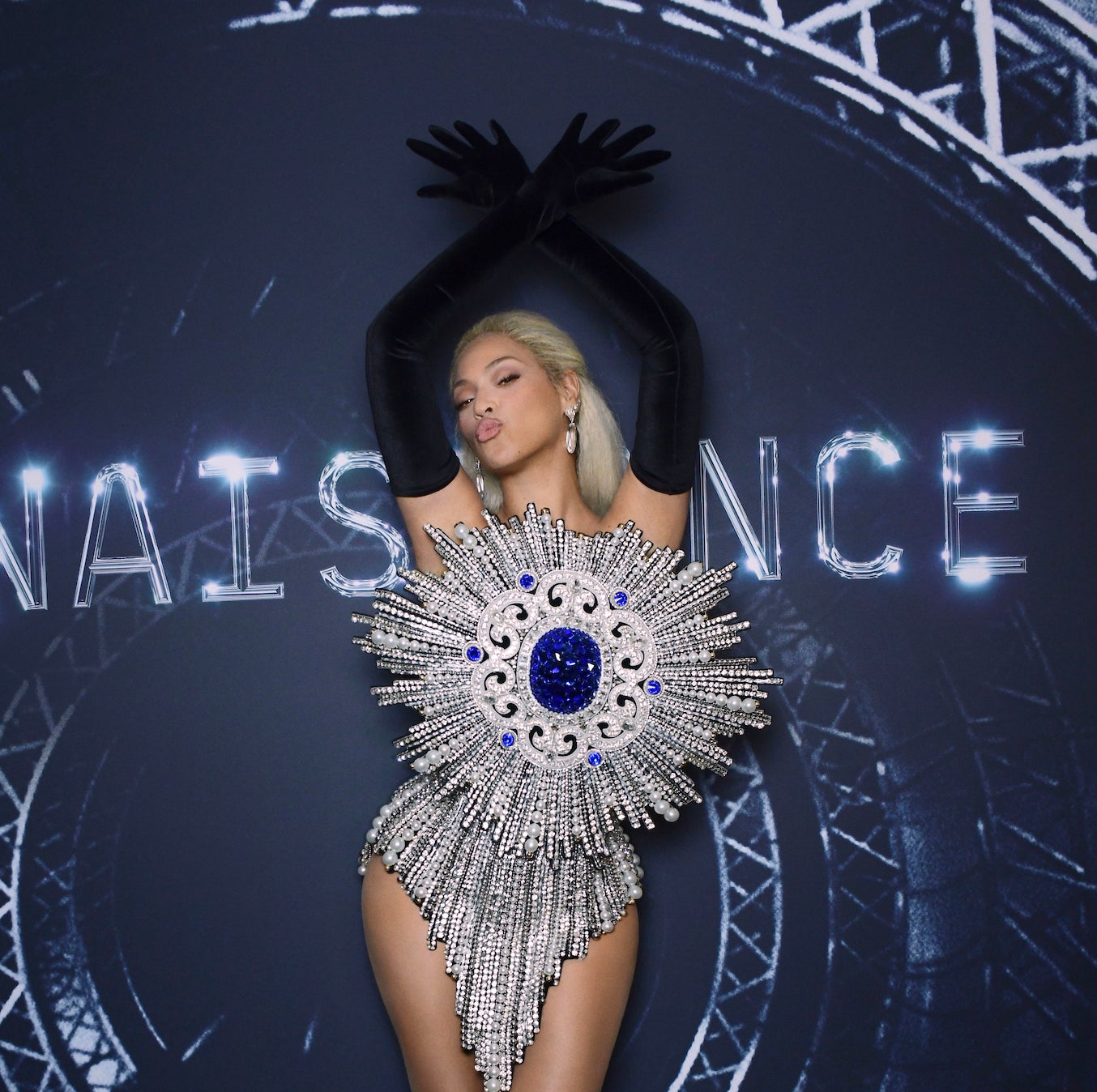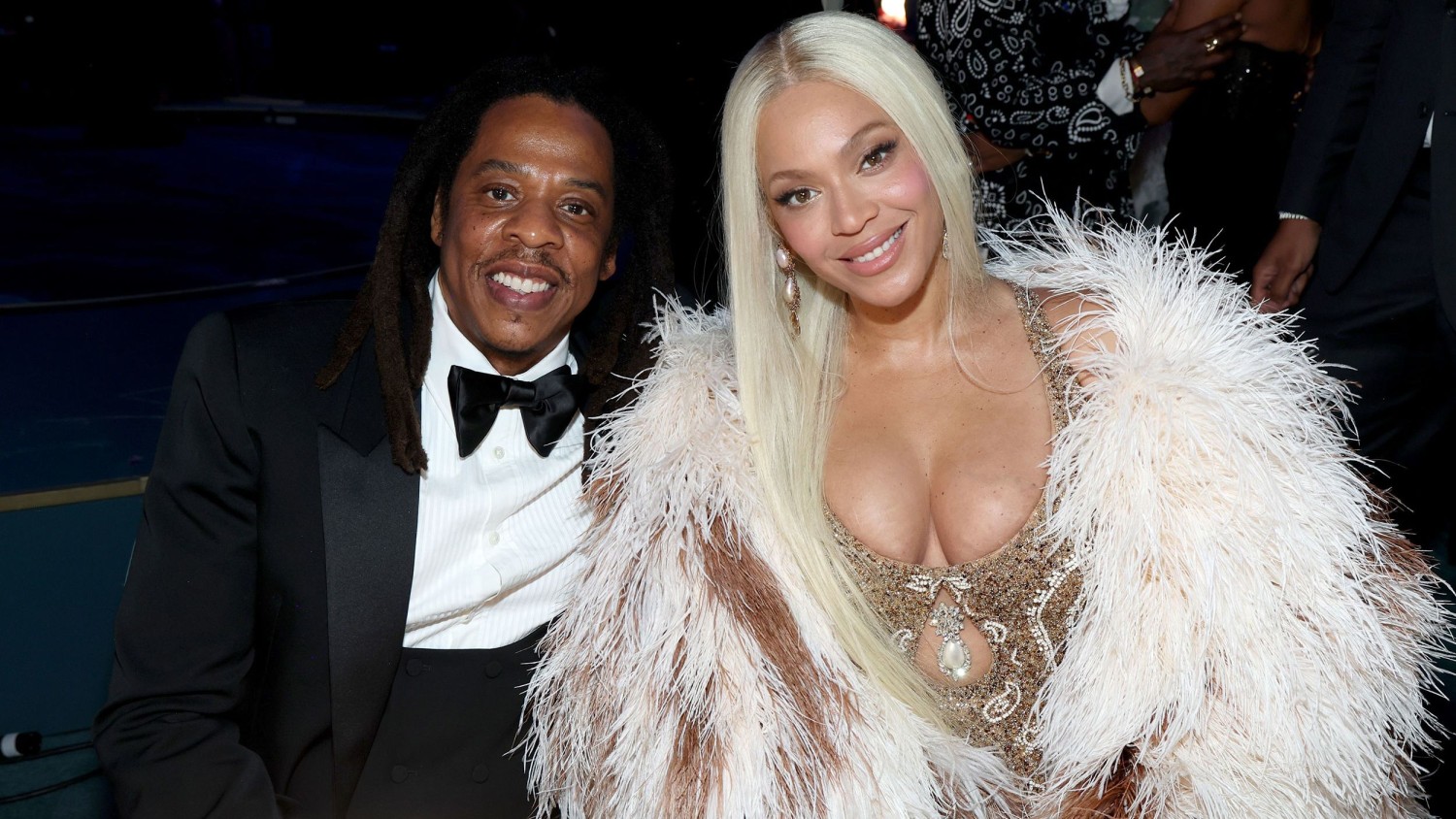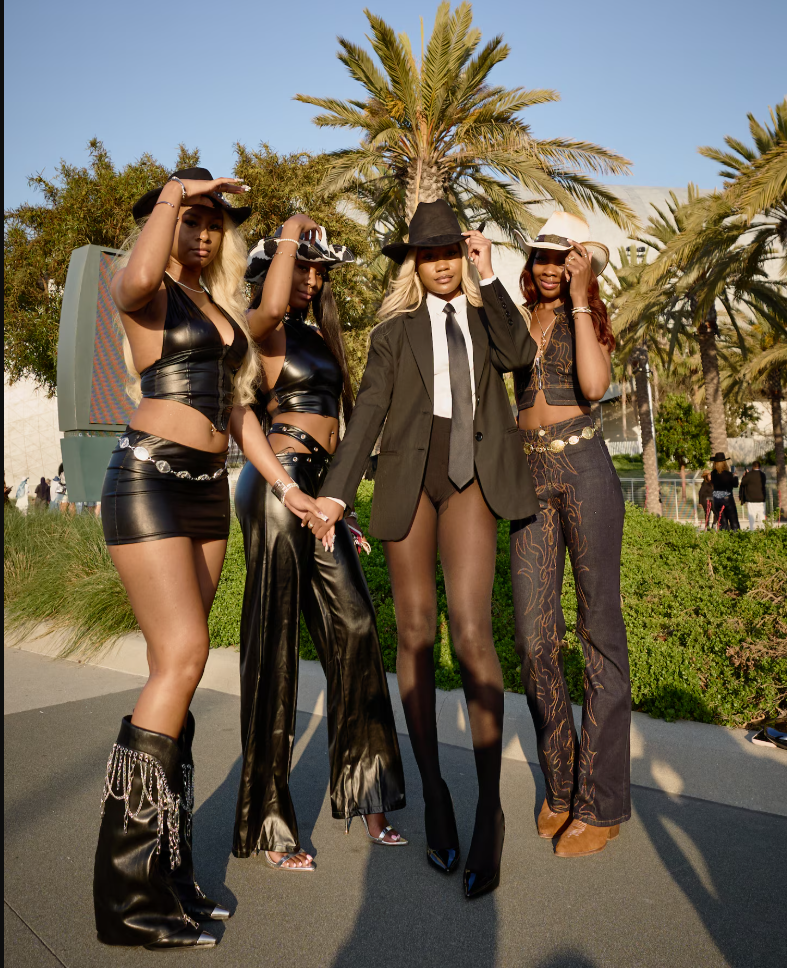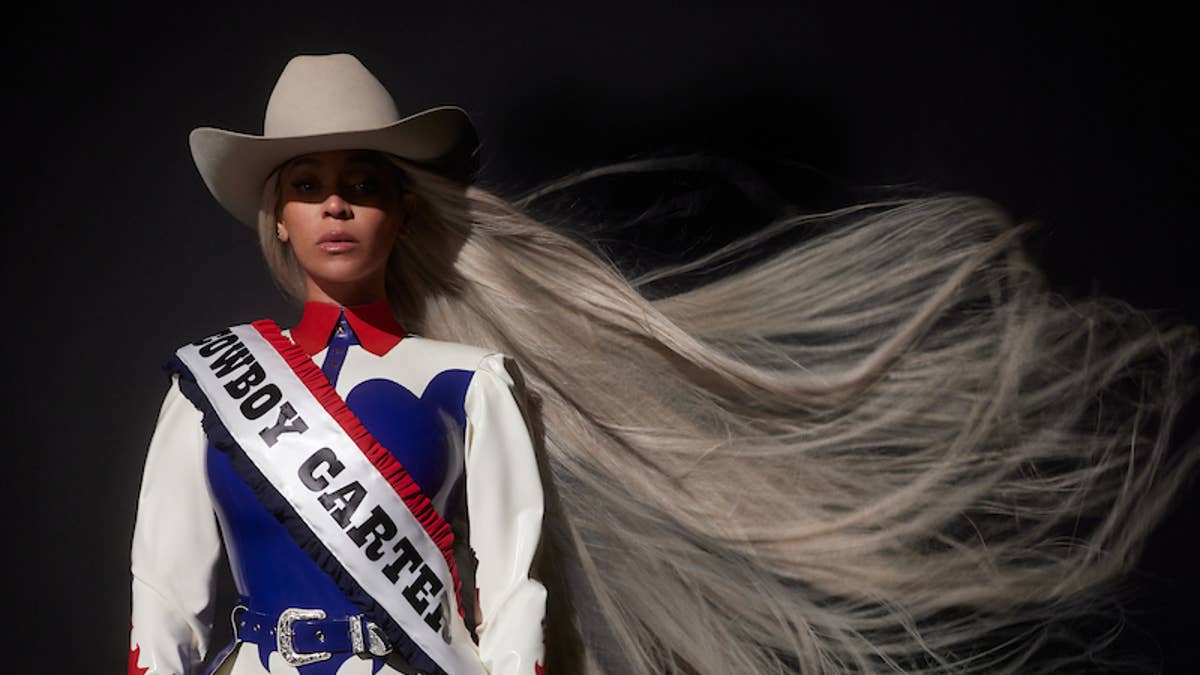
This article is more than
2 year oldWhy ‘Renaissance: A Film by Beyoncé’ Is An Enlightening Watch, Even For Those Who Caught Her On Tour

|
Long after the whirlwind of rehearsals, swift costume changes, and poignant glimpses into a superstar’s personal life before the glimmering chrome stage lights up, there is a pivotal moment in the many unforgettable scenes in Renaissance: A Film by Beyoncé. Suddenly, Beyoncé, a “fucking 42”-year-old artist, career woman, and mother arrives at a significant realization, and shares it in her husky Texan accent and unmistakable candor: “I spent so much of my life [being] a serial people-pleaser,” she says in a voiceover nearing the end of the three-hour film. “And now I don't give a fuck.” Since 1997, Beyoncé's name has been synonymous with excellence—a standard she has subtly rejected in interviews at times, but has otherwise upheld in her work, from the music to her persona. With an air of flawlessness, the one-in-a-million artist has established herself as one of the greatest entertainers in our lifetime and attained an almost otherworldly status. But Renaissance, her concert film released on Dec. 1 in limited theaters, strips away the gloss, revealing that Beyoncé's prestige is not from achieving perfection but from her being free of it. "This tour, I feel liberated," she confides in a conversation with her husband, Jay-Z, after the culmination of the world tour. The declaration is met with several “I know that’s right” from the audience at the four o’clock viewing at an AMC theater in New York’s Times Square, but it also captures the most important theme of this “Renaissance” era (album, tour, and film), where in shedding the shackles of perfection, Beyoncé not only liberates herself but also creates a freeing space for us all. That freedom was aptly felt on her latest tour for those who were able to experience it live. The Renaissance World Tour began on May 10 in Stockholm, Sweden, and concluded in Kansas City on Oct. 1. I attended her tour stop in New Jersey at the MetLife Stadium on July 29, and from the moment I crossed the parking lot bridge to the stadium, it was clear that this tour was a spectacle compared to no other (including previous tours like the Mrs. Carter Show Tour, On the Run, and the I Am… Tour). A sea of around 60,0000 fans, armored in chrome cowboy hats, crystal bralettes, and fringed shorts, flooded the venue with palpable excitement. A colossal steel stage with many different attachments and parts projected the pride flag as a welcoming symbol of love. Beyoncé gave us a show, with a custom handheld mic that was certainly on as she beautifully belted out the lyrics to some of her greatest hits (both new and old), including “Dangerously in Love,” “Energy,” “Cuff It,” and “Break My Soul.” Her vocal acrobatics were only matched by her avante garde fashions, captivating choreography, and playful banter. The memory, which still lives rent-free in my mind, is jaw-dropping and inspiring. Of course, there is an element of “you just had to be there,” because no pictures or videos will do it justice. That was until the film. “I spent so much of my life [being] a serial people-pleaser, and now I don't give a fuck.”
The film goes beyond the spotlight, offering a behind-the-scenes look at the intricate process of staging a mega-production, highlighting engineers, lighting designers, and technicians who intentionally wore reflective gear throughout the tour in order “to show there’s so many bees in the hive.” Cinematic storytelling shines through dynamic camera angles, showcasing the complexity of bringing a show to life. The cinematic editing also adds layers to the film, seamlessly weaving together tour stops, costume changes, and other surprises. The scene in which the camera does a 360 while Beyoncé riffs the lyrics of “Who Run the World (Girls)” and the flash editing during songs like “Diva” are particularly memorable moments. And yet it's Beyoncé's most vulnerable moments in the film that truly shine. From addressing the challenges she faces as a Black woman in the music industry (there’s one instance in the film where she struggles with getting her team to believe the stage she wants to use exists), to healing from vocal and knee injuries through several physical sessions on screen, she displays an authenticity that certainly resonates. Her family also takes center stage, with touching glimpses of Blue Ivy’s legendary evolution as a performer in her own right and heartfelt conversations with her mother, Tina Knowles. "This tour, I feel liberated."
It’s easy to sound like a stan 24 hours after seeing Renaissance: A Film by Beyoncé in theaters. And although it really was that enjoyable to watch and unlike other concert films, including Beyoncé’s 2019 film centering “Bey-Chella,” beyond the intimate details about her life, fun moments, and cameos, it’s important to bring it back to its main point—the second act in the Renaissance era suggests that we all shouldn’t “give a fuck” about those inhibitions and show up as we are. |




